Home>Renovation & DIY>Tools & Equipment>How Does The Use Of A Basic Hand Tool Like A Screwdriver Affect Your Health
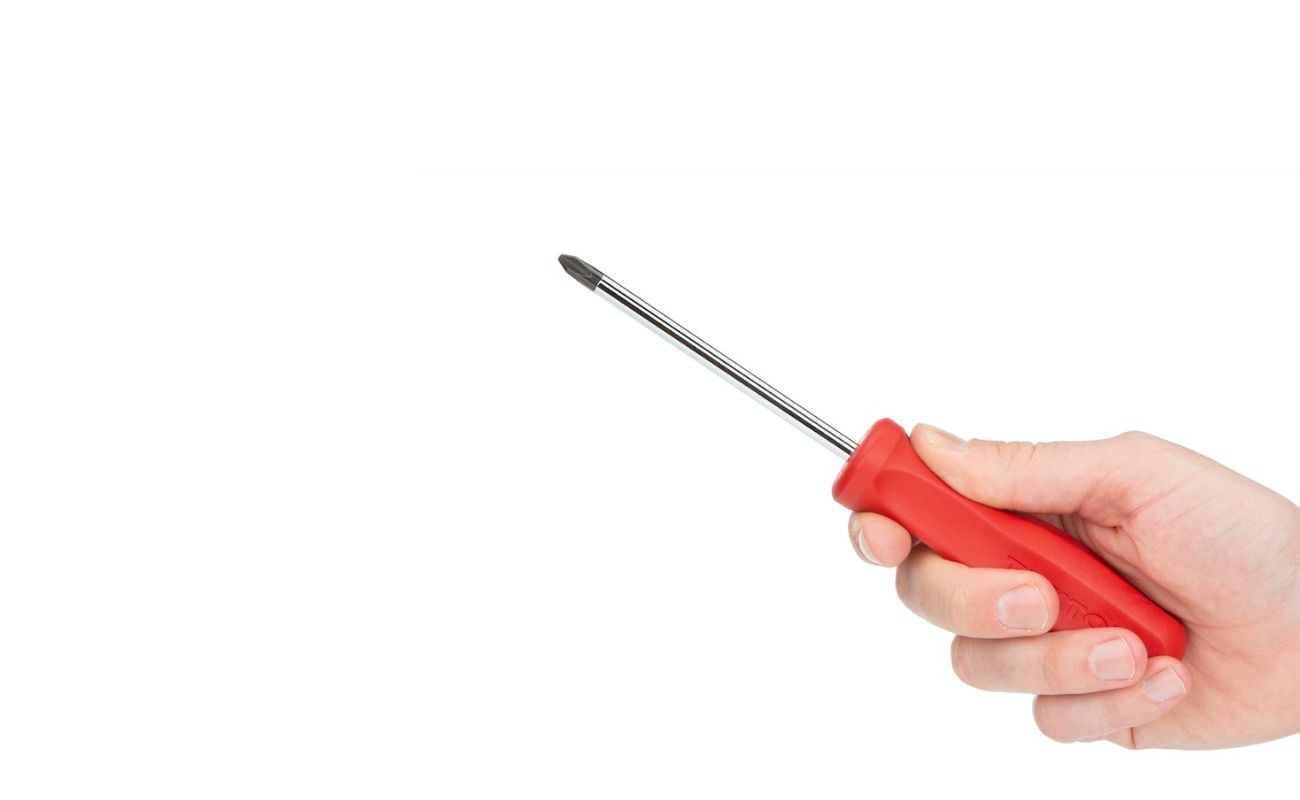

Tools & Equipment
How Does The Use Of A Basic Hand Tool Like A Screwdriver Affect Your Health
Modified: January 3, 2024
Discover how using basic hand tools like a screwdriver can impact your health. Learn about the potential ergonomic risks and how to mitigate them. Explore tools and equipment safety tips.
(Many of the links in this article redirect to a specific reviewed product. Your purchase of these products through affiliate links helps to generate commission for Storables.com, at no extra cost. Learn more)
**
Introduction
**
When we think about the impact of tools and equipment on our health, we often focus on heavy machinery or power tools. However, even a seemingly basic hand tool like a screwdriver can significantly affect our physical well-being. It's essential to recognize the potential health implications of using a screwdriver regularly, as it is a tool commonly found in households, workshops, and various professional settings.
The repetitive nature of using a screwdriver can lead to various musculoskeletal issues, and the potential for accidents and injuries is also a concern. In this article, we will explore the impact of using a screwdriver on the body, common injuries and health issues associated with its use, and provide valuable tips for using a screwdriver safely to mitigate these risks. Let's delve into the intricate relationship between this fundamental tool and our physical well-being.
Key Takeaways:
- Using a screwdriver can strain muscles and cause injuries. Prioritize safety by choosing the right tool, maintaining good posture, and taking regular breaks to protect your health.
- Repetitive screwdriver use can lead to tendonitis and carpal tunnel syndrome. Stay safe by using ergonomic handles, applying controlled force, and seeking proper training to prevent health issues.
Impact of Using a Screwdriver on the Body
Despite its simple appearance, using a screwdriver can have a significant impact on the body, particularly when it comes to musculoskeletal health. The repetitive motion of twisting, turning, and applying force while using a screwdriver can put strain on various parts of the body, leading to discomfort and potential long-term issues.
One of the primary areas affected by screwdriver use is the hands and wrists. Continuous gripping and twisting motions can strain the muscles and tendons in the hands, leading to conditions such as tendonitis and carpal tunnel syndrome. These conditions can cause pain, numbness, and weakness in the hands and wrists, ultimately affecting one’s ability to perform everyday tasks comfortably.
Furthermore, the repetitive nature of using a screwdriver can also impact the shoulders and arms. Over time, the constant reaching and twisting motions can lead to muscle fatigue and strain, potentially causing discomfort and reduced mobility in these areas. Additionally, the prolonged use of a screwdriver without proper ergonomics can contribute to poor posture, leading to back and neck issues.
It’s important to recognize that the impact of using a screwdriver goes beyond physical strain. The potential for accidents and injuries while using this tool also poses a significant risk to overall health. From slips and falls to puncture wounds and lacerations, the mishandling of a screwdriver can result in a range of injuries, some of which may have long-term implications.
Understanding the impact of using a screwdriver on the body is crucial for promoting awareness of potential health issues and implementing measures to mitigate these risks. By acknowledging the physical toll of using this seemingly simple tool, individuals can take proactive steps to prioritize their well-being while engaging in tasks that involve a screwdriver.
Common Injuries and Health Issues Associated with Using a Screwdriver
While using a screwdriver is a common and often routine task, it is not without its risks. The nature of the tool and the tasks it is used for can lead to various injuries and health issues, ranging from acute accidents to chronic musculoskeletal problems.
One of the most prevalent risks associated with using a screwdriver is the potential for puncture wounds and lacerations. Mishandling the tool or slipping during use can result in the screwdriver slipping and causing injury to the hands or other body parts. These wounds can vary in severity, from minor cuts to more significant lacerations that may require medical attention.
Additionally, the repetitive nature of using a screwdriver can lead to musculoskeletal issues. Tendonitis, a condition characterized by inflammation of the tendons, is a common problem among individuals who frequently use screwdrivers. The repetitive gripping and twisting motions can strain the tendons in the hands and wrists, leading to pain, swelling, and reduced mobility.
Carpal tunnel syndrome is another health issue that can arise from prolonged and repetitive screwdriver use. This condition occurs when the median nerve, which runs from the forearm into the hand, becomes compressed or squeezed at the wrist. Individuals may experience numbness, tingling, and weakness in the affected hand, impacting their ability to perform tasks effectively.
Moreover, the potential for acute injuries, such as slips and falls while using a screwdriver, cannot be overlooked. These accidents can result in sprains, strains, or even fractures, depending on the circumstances. The impact of such injuries can extend beyond physical discomfort, affecting an individual’s overall well-being and ability to carry out daily activities.
Recognizing these common injuries and health issues associated with using a screwdriver is vital for promoting a culture of safety and well-being in both professional and personal settings. By understanding the potential risks, individuals can take proactive measures to prioritize safety, implement ergonomic practices, and seek appropriate medical attention if injuries occur.
When using a screwdriver, make sure to maintain good posture and grip the tool properly to avoid strain on your wrists and back. Take breaks to stretch and rest your hands to prevent repetitive strain injuries.
Tips for Using a Screwdriver Safely
While the use of a screwdriver is a common and often essential part of various tasks, it’s crucial to prioritize safety to mitigate the risk of injuries and promote overall well-being. By implementing the following tips, individuals can use a screwdriver safely and minimize the potential impact on their health:
- Choose the Right Tool: Select a screwdriver that matches the screw type and size to ensure a proper fit. Using the correct tool can prevent slipping and reduce the risk of injuries.
- Maintain Good Posture: Maintain a neutral posture while using a screwdriver to reduce strain on the back, neck, and shoulders. Avoid awkward positions and repetitive twisting motions that can contribute to musculoskeletal issues.
- Take Breaks: Incorporate regular breaks while using a screwdriver for prolonged periods. This allows the muscles and tendons in the hands, wrists, and arms to rest and recover, reducing the risk of overuse injuries.
- Use Ergonomic Handles: Opt for screwdrivers with ergonomic handles that provide a comfortable grip and reduce strain on the hands and wrists. Ergonomic designs can minimize the risk of developing conditions such as tendonitis and carpal tunnel syndrome.
- Apply Controlled Force: Avoid applying excessive force when using a screwdriver, as this can lead to slips and potential injuries. Use controlled, deliberate movements to turn screws, ensuring stability and precision.
- Wear Protective Gear: When working on tasks that involve using a screwdriver, consider wearing appropriate protective gear, such as gloves and safety glasses, to safeguard against potential injuries from slips or mishandling of the tool.
- Organize Work Area: Keep the work area well-lit and organized to minimize the risk of slips, falls, and accidental contact with sharp objects. A clutter-free environment promotes safety and reduces the likelihood of accidents.
- Seek Training and Guidance: For individuals who are new to using screwdrivers or handling specific tasks, seek proper training and guidance to ensure safe and effective use of the tool. Understanding best practices and techniques can prevent accidents and injuries.
By incorporating these safety tips into their approach to using a screwdriver, individuals can prioritize their health and well-being while effectively carrying out tasks that require the use of this fundamental tool. Safety-conscious practices not only reduce the risk of injuries but also contribute to a more comfortable and sustainable work environment.
Conclusion
As we conclude our exploration of the impact of using a screwdriver on health, it’s evident that this seemingly basic tool can have significant implications for the well-being of individuals who frequently engage in tasks that require its use. From musculoskeletal strain to the potential for accidents and injuries, the health considerations associated with using a screwdriver underscore the importance of prioritizing safety and ergonomic practices.
By recognizing the potential impact on the body, individuals can take proactive steps to mitigate the risks associated with using a screwdriver. Implementing ergonomic principles, maintaining good posture, and using the appropriate tools and techniques are essential for safeguarding musculoskeletal health and reducing the likelihood of injuries.
Furthermore, fostering a culture of safety and awareness in professional and personal settings is crucial for promoting well-being. Providing training, emphasizing the use of protective gear, and organizing work environments to minimize hazards are all integral components of creating a safe and sustainable approach to using a screwdriver.
Ultimately, by understanding the impact of using a screwdriver on health and embracing safety-conscious practices, individuals can effectively carry out tasks while prioritizing their physical well-being. Whether in the workshop, at home, or in professional settings, the responsible use of this fundamental tool is essential for maintaining a healthy and sustainable approach to various tasks and projects.
By integrating these insights and safety measures into everyday practices, individuals can navigate the use of a screwdriver with confidence, knowing that they are proactively safeguarding their health and well-being.
Frequently Asked Questions about How Does The Use Of A Basic Hand Tool Like A Screwdriver Affect Your Health
Was this page helpful?
At Storables.com, we guarantee accurate and reliable information. Our content, validated by Expert Board Contributors, is crafted following stringent Editorial Policies. We're committed to providing you with well-researched, expert-backed insights for all your informational needs.
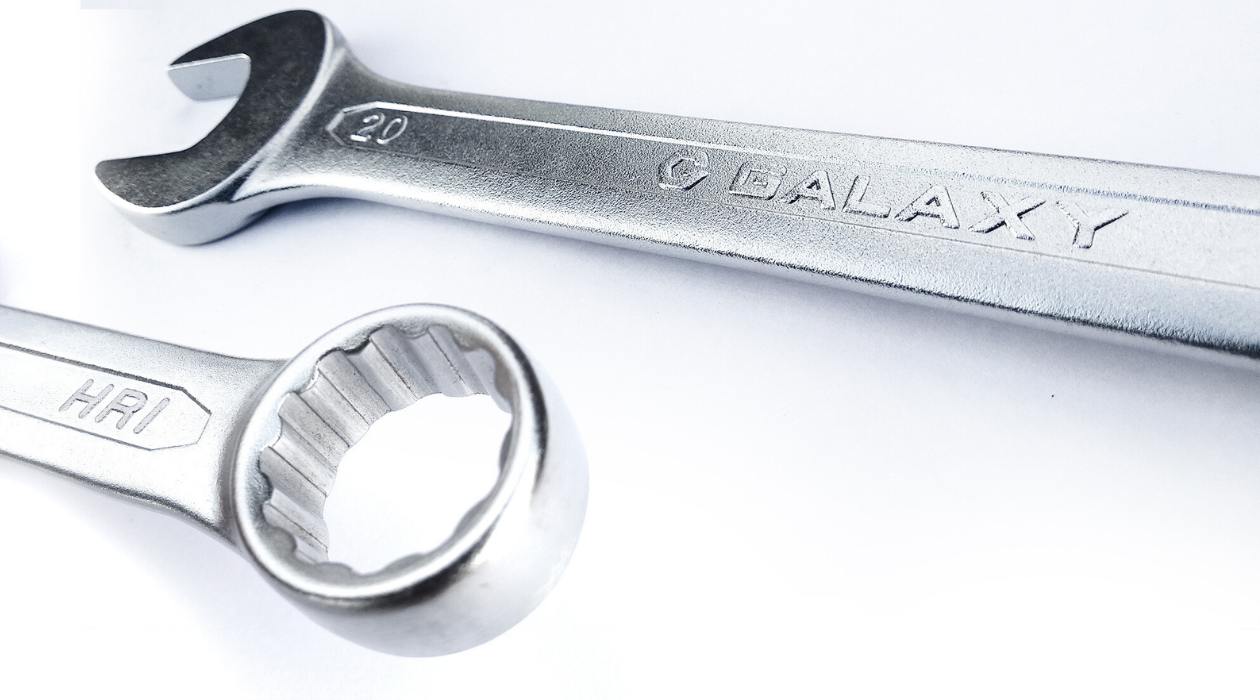
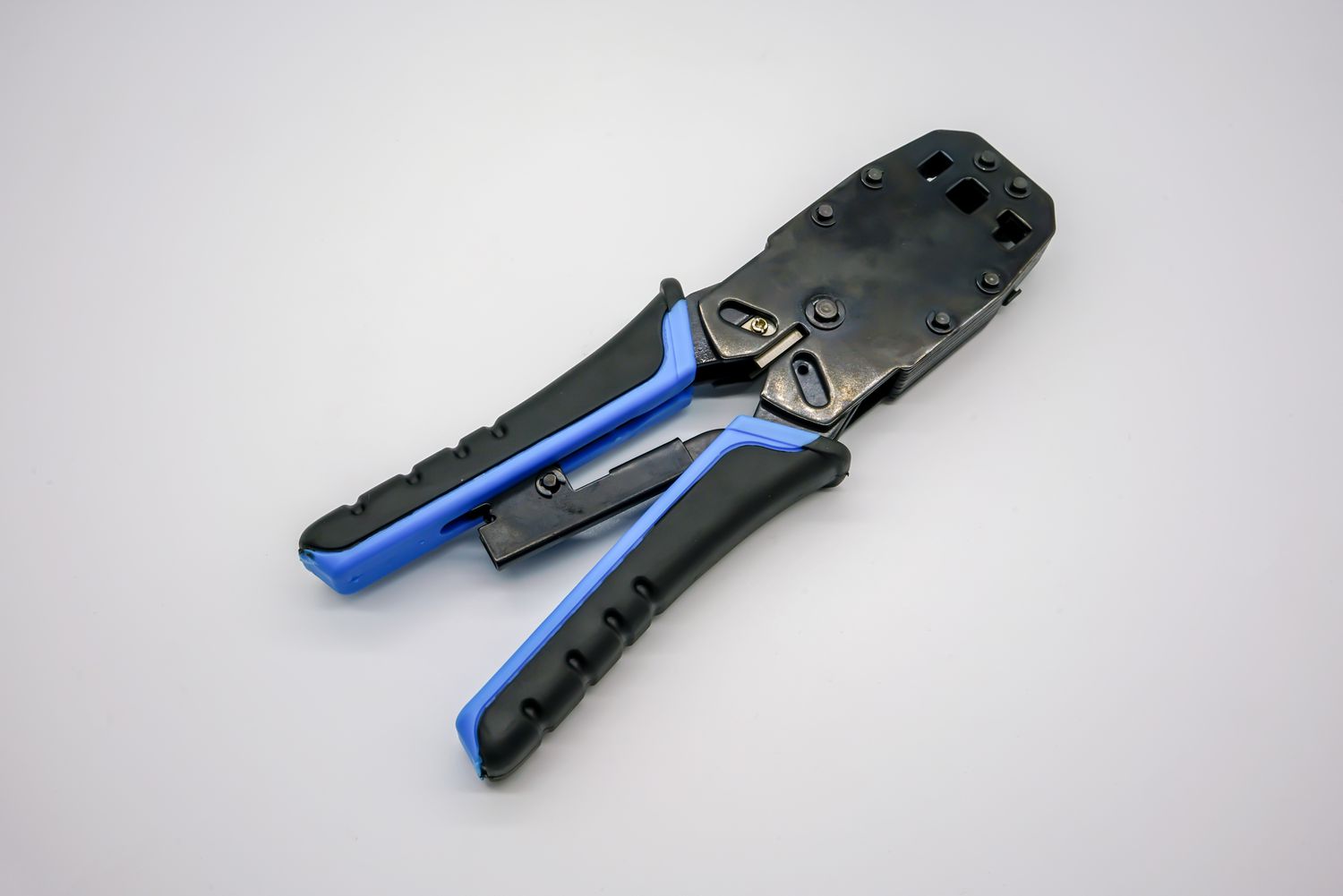
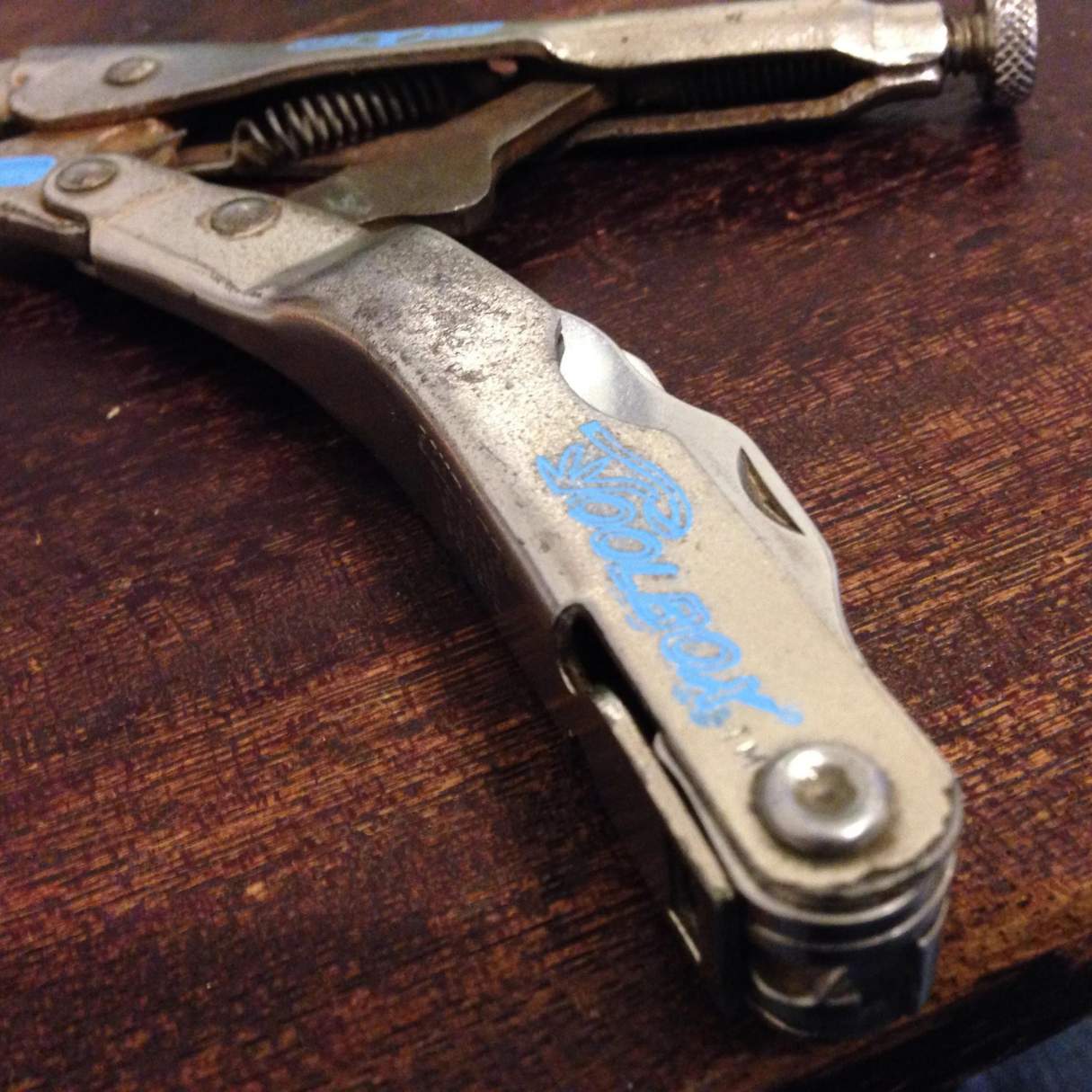
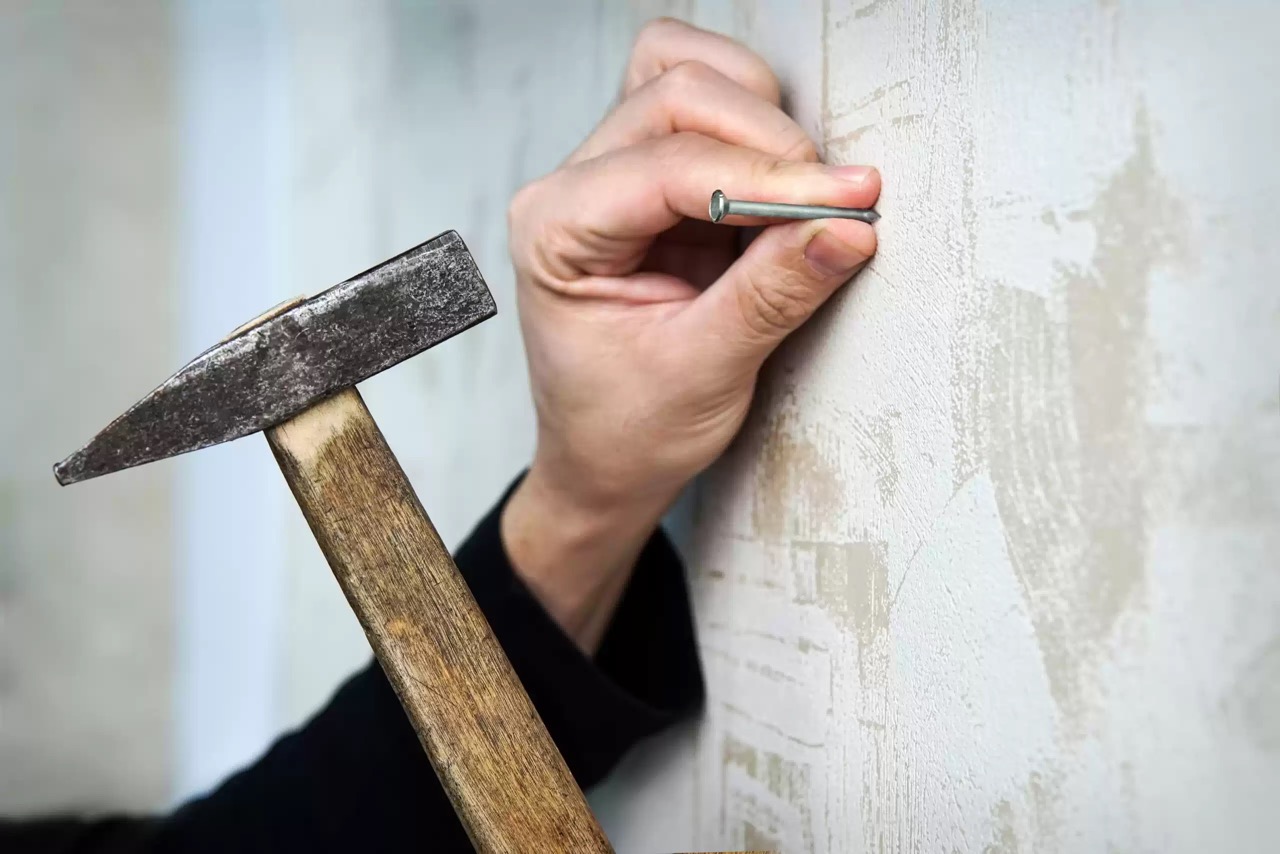
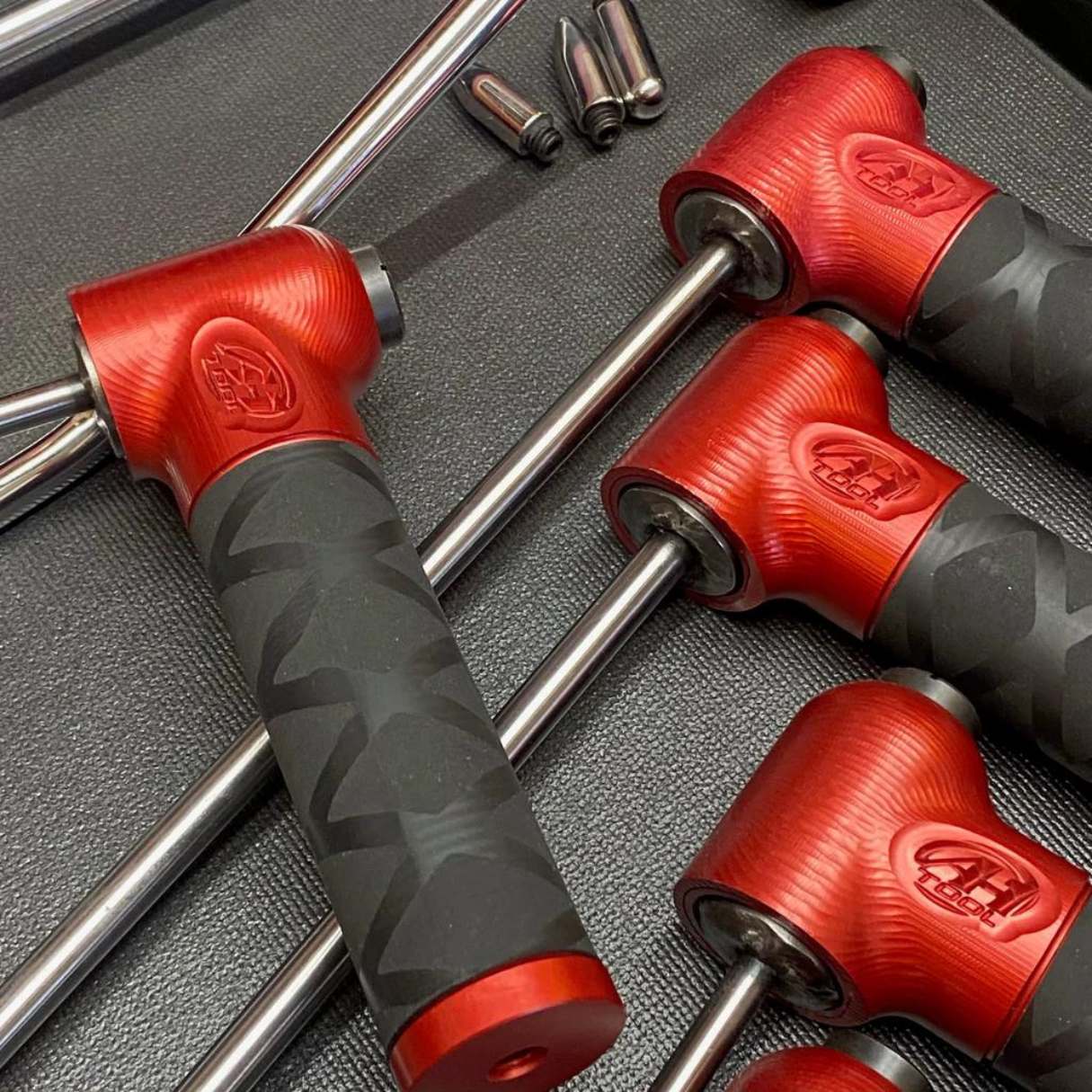
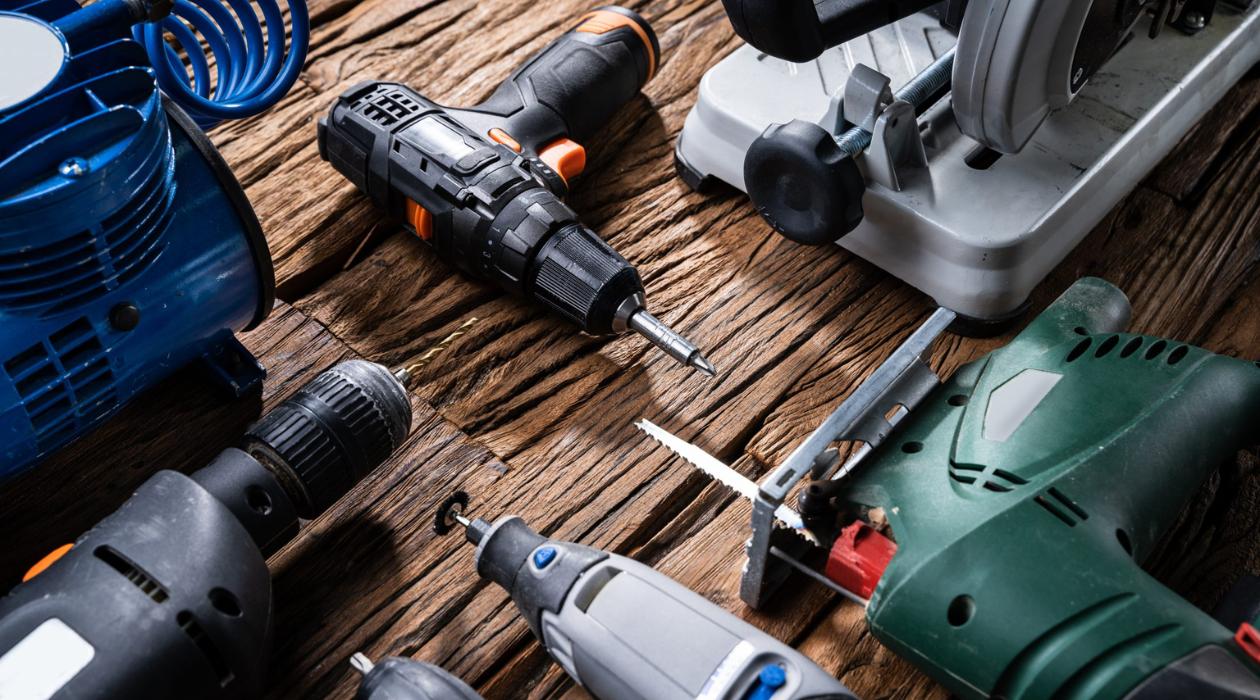

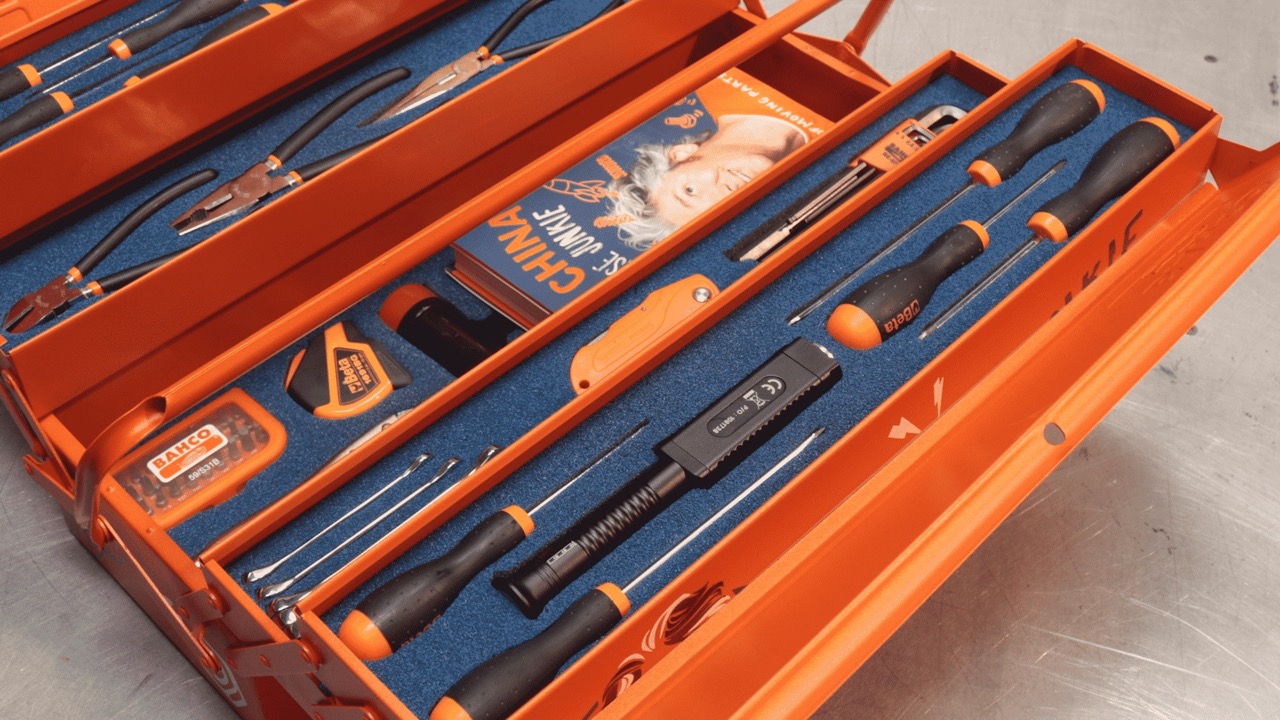

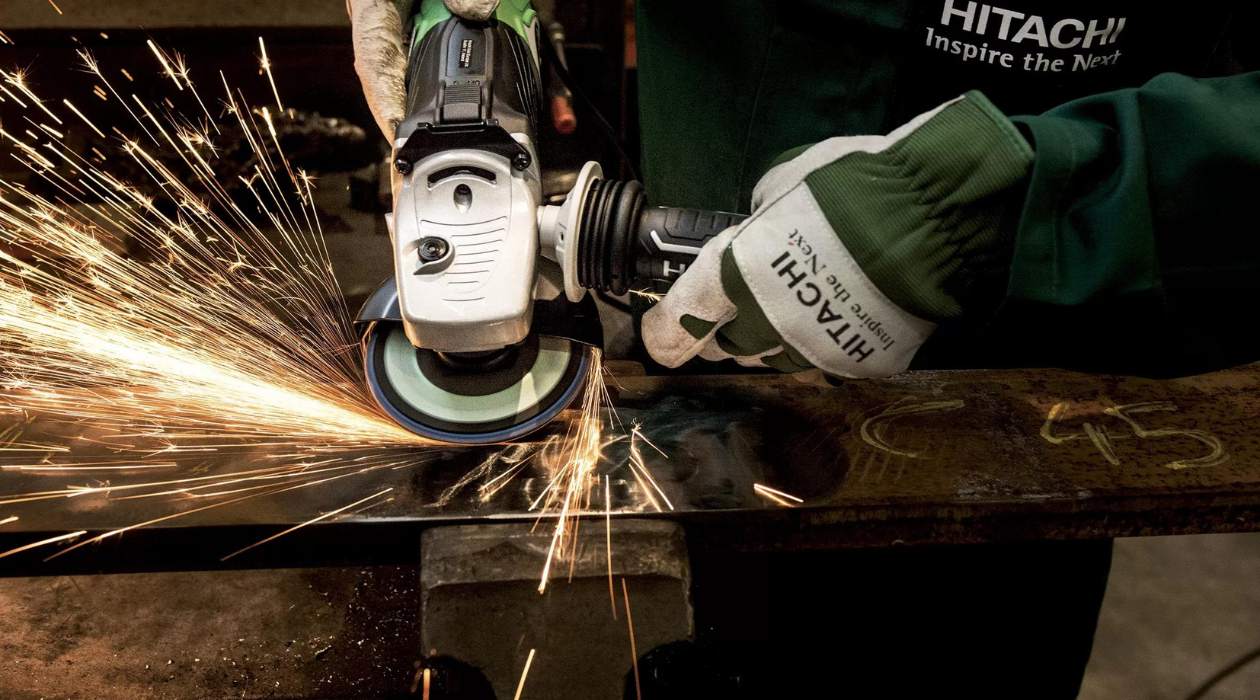

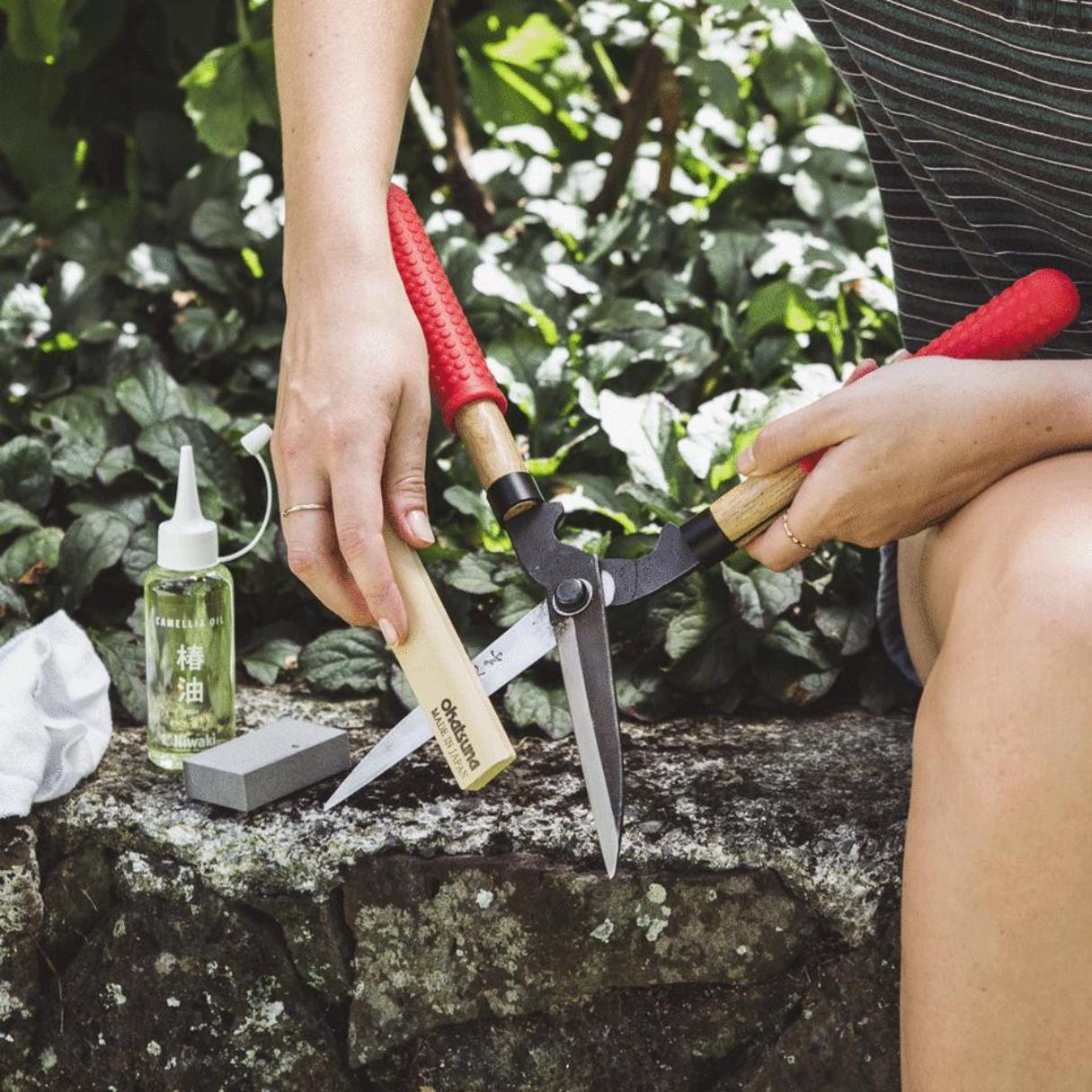
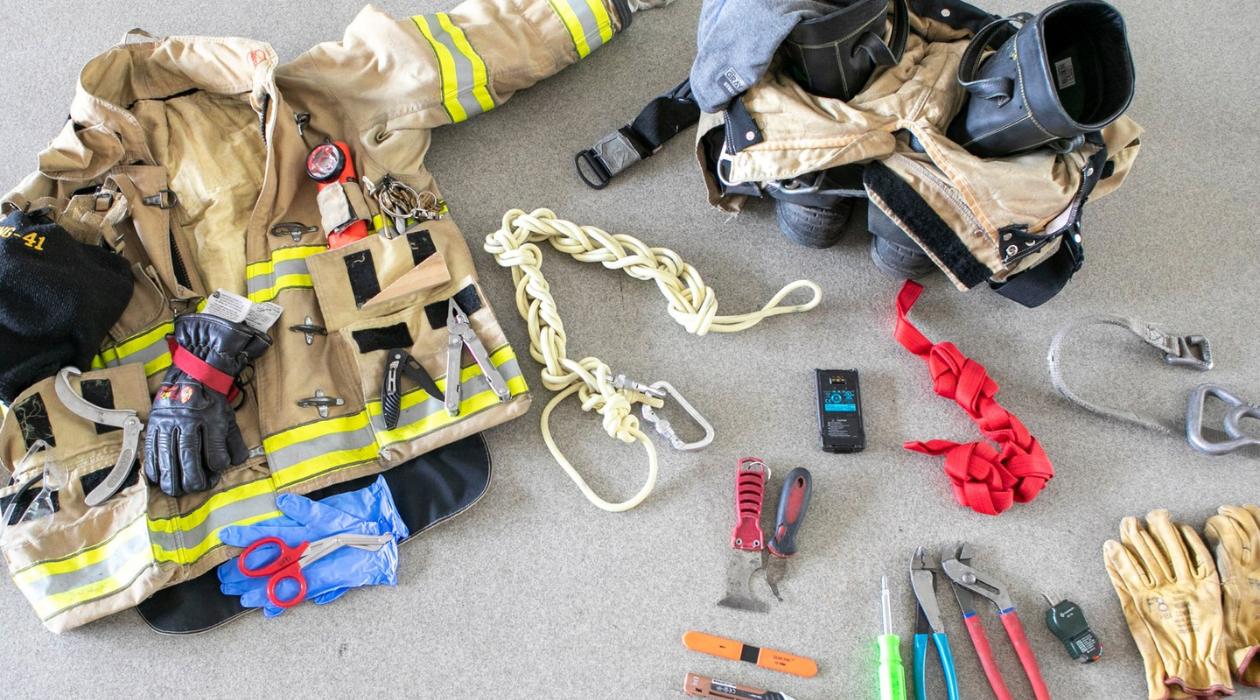
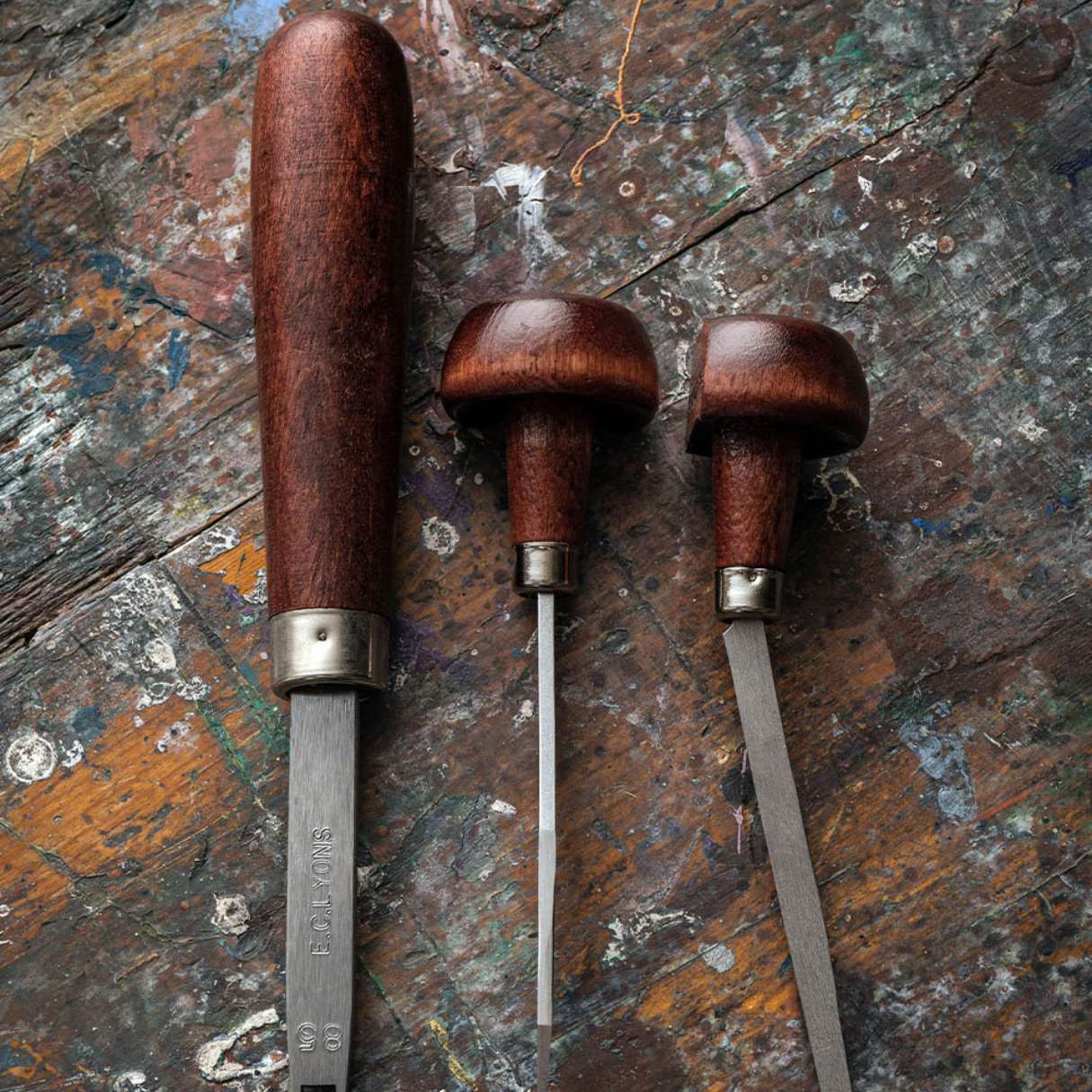
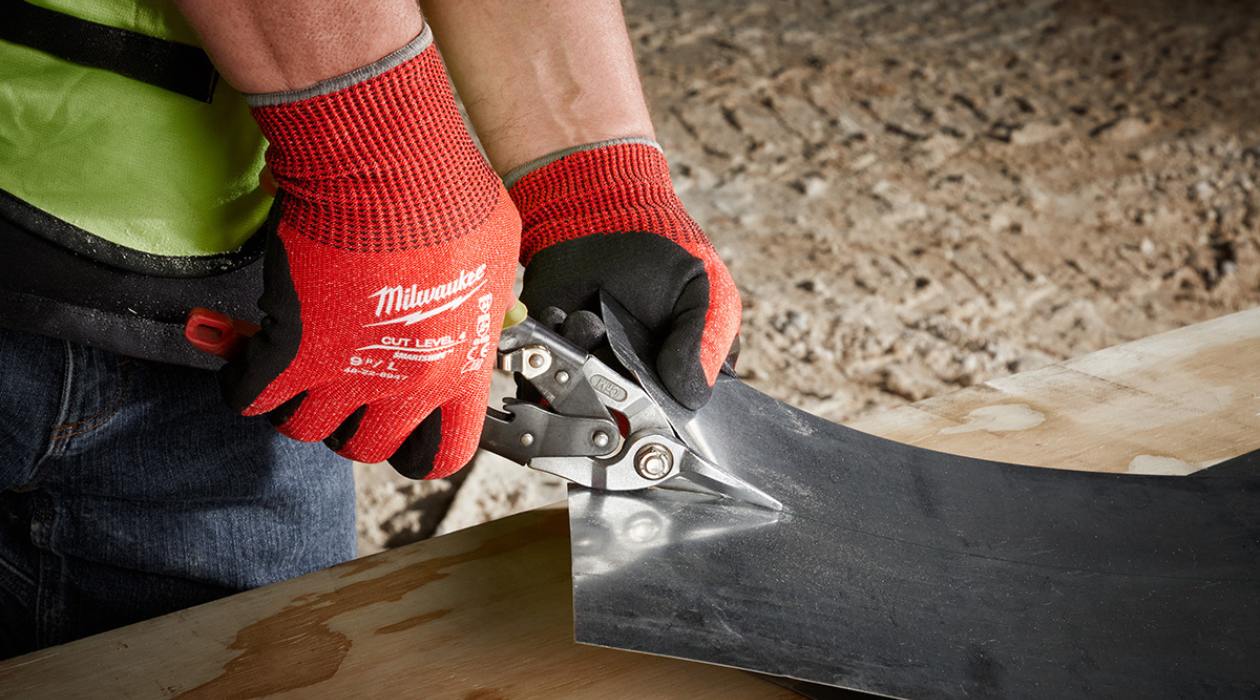

0 thoughts on “How Does The Use Of A Basic Hand Tool Like A Screwdriver Affect Your Health”